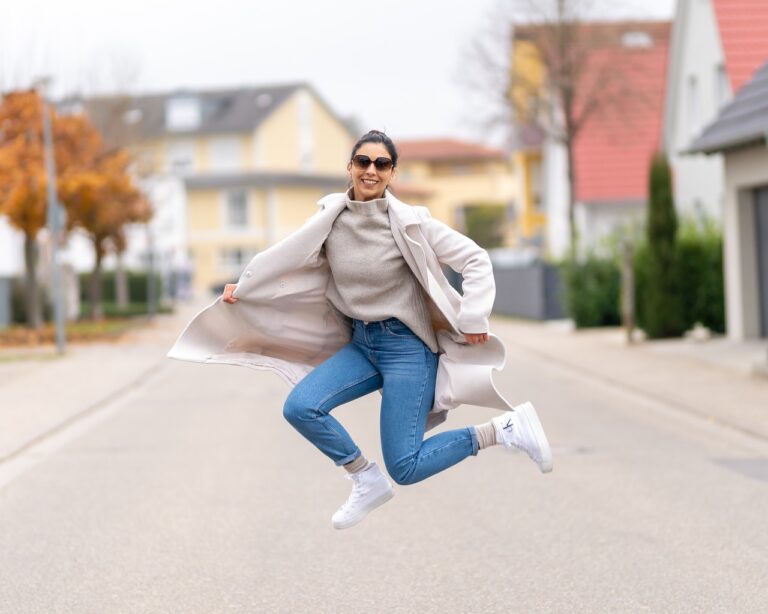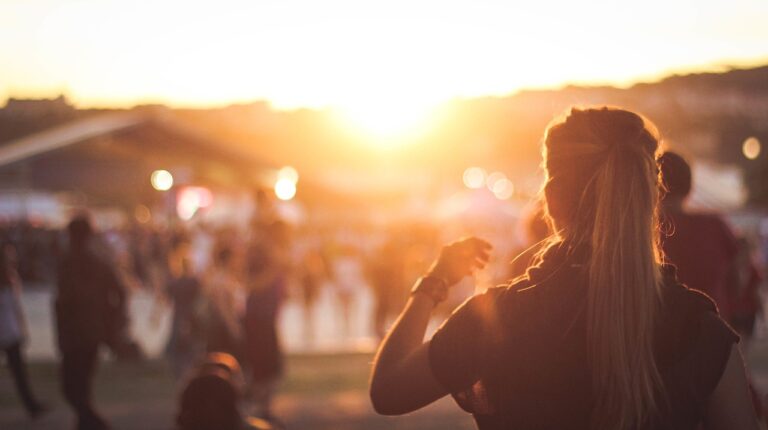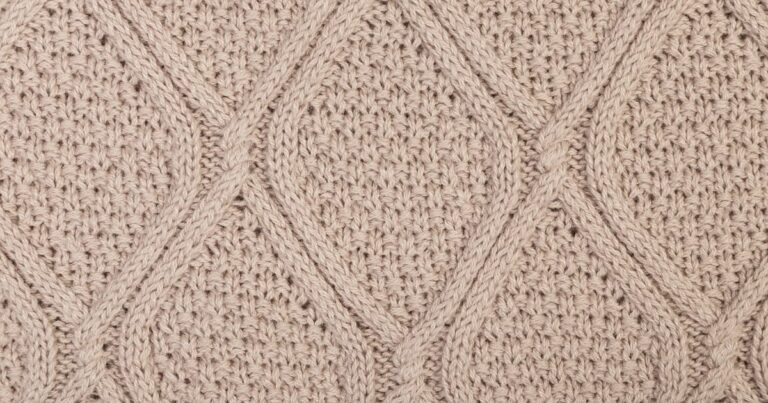The Psychology of Fashion Advertising: How Marketing Strategies Influence Consumer Behavior
Visual imagery plays a crucial role in fashion advertising, as it serves as a powerful tool to capture the attention of consumers and convey a brand’s message effectively. By utilizing visually appealing images, fashion advertisers can create a strong emotional connection with their target audience and leave a lasting impression. Whether it’s through striking color palettes, captivating compositions, or beautiful models, visual imagery has the ability to evoke desired feelings and associations in consumers’ minds.
In today’s fast-paced world, where consumers are constantly bombarded with advertisements, the use of visual imagery becomes even more important for fashion brands to stand out and differentiate themselves from competitors. A well-crafted visual campaign can not only attract new customers but also reinforce brand loyalty among existing ones. Through visual storytelling, fashion advertisers can communicate their brand values, aesthetics, and identity in a way that resonates with their target demographic, ultimately driving sales and brand awareness.
• Visual imagery in fashion advertising is a powerful tool to capture consumers’ attention
• It helps create an emotional connection with the target audience
• Utilizing striking color palettes, captivating compositions, and beautiful models can evoke desired feelings and associations
• In today’s fast-paced world, visual imagery is crucial for brands to stand out among competitors
• A well-crafted visual campaign can attract new customers and reinforce brand loyalty
• Visual storytelling allows advertisers to communicate brand values, aesthetics, and identity effectively
The Role of Social Media Influencers in Promoting Fashion Brands
Social media influencers have become a powerful marketing tool for fashion brands in recent years. These individuals have amassed large followings on platforms like Instagram, YouTube, and TikTok, allowing them to reach a vast audience with their content. By collaborating with influencers, fashion brands can leverage their influence to promote their products to a targeted demographic.
Consumers often view social media influencers as relatable and trustworthy sources of fashion inspiration. Through sponsored posts, product reviews, and brand partnerships, influencers can showcase a brand’s products in an authentic and engaging way. This can help fashion brands connect with their target audience on a more personal level, ultimately driving sales and brand awareness.
The Use of Emotional Appeals in Fashion Advertising
Fashion advertising heavily relies on emotional appeals to create connections with consumers and leave a lasting impact. By strategically employing emotions such as desire, nostalgia, happiness, or even fear, fashion brands can evoke strong feelings that resonate with their target audience. These emotional triggers not only grab attention but also influence purchasing decisions by compelling consumers to associate the advertised products with their own emotions and aspirations.
Through the use of storytelling, visuals, music, and even celebrity endorsements, fashion advertisers create a narrative that tugs at the heartstrings of consumers. By presenting their products in a way that stirs up certain emotions, brands can build a loyal following and foster a deeper relationship with their customers. Emotional appeals in fashion advertising go beyond showcasing the features of the garments; they aim to evoke a sense of identity, belonging, and aspiration, thereby positioning the brand as more than just a seller of clothes but a purveyor of a lifestyle.
What is the purpose of using emotional appeals in fashion advertising?
The purpose of using emotional appeals in fashion advertising is to create a connection with consumers on a deeper level, tapping into their emotions to evoke a response and ultimately drive them to purchase the product.
How do emotional appeals impact consumer behavior in fashion advertising?
Emotional appeals can influence consumer behavior by creating a sense of desire, aspiration, or nostalgia that motivates individuals to make a purchase. By tapping into emotions, fashion brands can create a strong bond with their target audience.
How do fashion brands incorporate emotional appeals in their advertising campaigns?
Fashion brands incorporate emotional appeals in their advertising campaigns through storytelling, visual imagery, music, and messaging that evoke specific emotions such as joy, excitement, confidence, or nostalgia. By creating a powerful emotional connection, brands can leave a lasting impression on consumers.
Are emotional appeals more effective than other advertising strategies in the fashion industry?
Emotional appeals can be highly effective in the fashion industry as they help brands stand out in a crowded market, create a memorable brand experience, and establish a loyal customer base. However, the effectiveness of emotional appeals may vary depending on the target audience and the overall execution of the advertising campaign.
How can fashion brands measure the success of using emotional appeals in their advertising?
Fashion brands can measure the success of using emotional appeals in their advertising through various metrics such as brand awareness, customer engagement, sales performance, and consumer feedback. By tracking these metrics, brands can evaluate the impact of emotional appeals on their overall marketing strategy.






